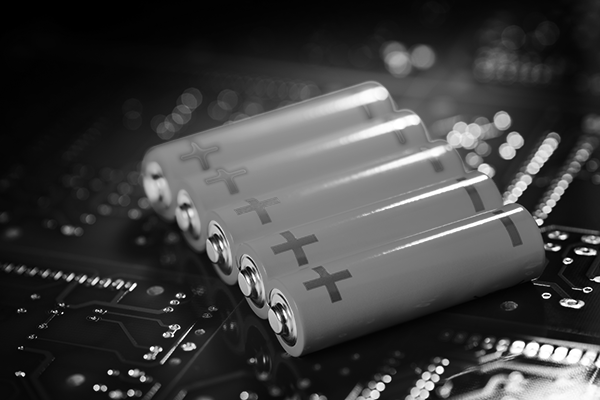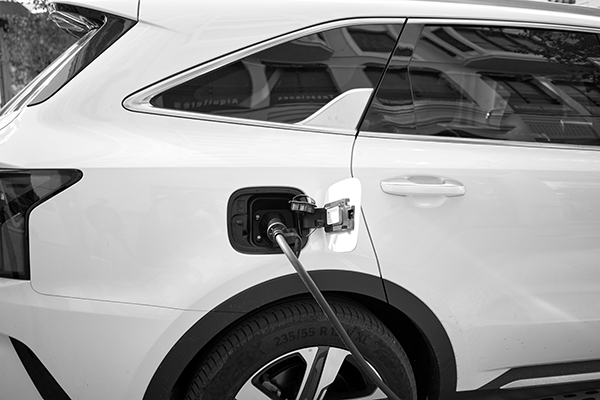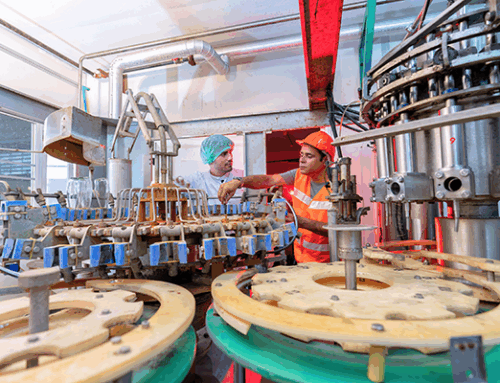Rechargeable batteries are everywhere, from the mobile phone you might be using to check this article or the laptop you use for work to the electric vehicles that are overtaking the market nowadays. The wide usage of energy-storing devices puts them under continuous pressure. On the one hand, the market continuously demands batteries with high storage capacity, faster charging capabilities, and that have longer lifetimes. On the other hand, batteries have been involved in a number of accidents, and legislation is becoming increasingly restrictive in order to prevent such situations.
Since the 1990s, Lithium-ion Batteries (LIBs) have reigned supreme in the battery market. However, they are not short of challenges. In the news, it is not uncommon to hear that phones, vehicles, and e-scooters/e-bikes have been involved in battery-related fires. These events are the result of processes known as thermal runaways. Thermal runaways occur when the heat released by the battery is high enough to accelerate the decomposition of specific components of the battery. This reaction also releases energy, behaving as a positive feedback loop.
However, this is not the only downside of the current LIBs. Apart from lithium, the cathode of these batteries contains other metals, such as cobalt or nickel. These metals are not particularly abundant, and high investment is required to mine them. Moreover, the extraction process is not environmentally friendly, involving large mines which tend to pollute nearby water. Additionally, more often than not, these mines are in protected lands, resulting in additional ethical problems.
So, what is the alternative?
Lithium-sulfur batteries (LiSB) have been proposed as an alternative to LIBs since the 1960s. Simulation with this type of battery has yielded a potential accumulation of energy of 2600 Wh kg-1. This is three times higher than Lithium-ion Batteries, the current undisputed leader in the energy storage market.
Like any other battery, LiSBs contain an anode, but in this case, it contains the lithium ions that will travel between electrodes. Instead of scarce metals, such as nickel or cobalt, the anode of the LiSB includes sulfur. Sulfur is incredibly common, being the 5th most abundant element by weight on the Earth, saving costs and mining issues.
Where is the catch?
LiSBs seem to be the future; however, they have significant downsides. An average LIB can undergo 2000 charge-discharge cycles; a LiSB, until recently, could only withstand half of that without losing storage capabilities. The cathode of LiSB experiences up to 80% volume change during the operation of the batteries, linked to the change in phases in this structure. This massive variation in size exerts pressure on the electrolyte, which can compromise its integrity.
The chemical processes that operate in the battery involve the formation of ionic forms from both lithium and sulfur. One of the issues that this has resides in the chemical nature of the redox chemistry of sulfides. It involves several intermediary steps that can form undesired by-products: polysulfides. Polysulfides can be detrimental to LiSBs in a number of ways. Firstly, they can interact with the electrolyte, corroding it because of their reactivity. Additionally, the physicochemical properties of these intermediaries mean that they are soluble in the electrolyte, therefore removing them from the pool of available ions for the battery. Last but not least, lithium sulfide (Li2S) can precipitate as a salt in the anode, forming a growing insoluble layer that prevents the migration of ions, blocking the transport of lithium.
Lithium itself can also be problematic in LiSBs. Dendrites are structures that form when lithium precipitates. Lithium is highly conductive, and short circuits occur when the dendrites are long enough to reach between the cathode and the anode.
Are Lithium Sulfur batteries doomed?

We have seen that LiSBs have significant weaknesses, which make them unsuitable to compete against the widely used LIBs. However, we have seen that they have some upsides that make them particularly attractive. Especially the fact that they use such a common element as sulfur and the promise of storing more significant amounts of energy. This is why research on LiSBs has never ceased since they were first hypothesized as potentially viable energy storage devices in the 1960s.
All this work on these batteries has yielded substantial improvements that make LiSBs more attractive. For example, developing insulating sheets with nanopores permits the free movement of lithium ions but prevents the migration of polysulfide ions, avoiding deposition events. This, linked to the development of expansion-tolerant electrodes, has been reported to improve the performance of LiSBs to values close to the theoretical value. Finally, investigation into the use of alternative electrolytes is also fundamental since the current electrolytes are still susceptible to decomposition and potential thermal runaways.
The path to an electrified future
Advancements in battery technology are starting to place LiSBs as potential strong competitors in a lithium-ion battery-dominated market. Their potential as high-performing energy storage systems is becoming increasingly desirable in a landscape of growing needs for larger batteries. The prospect of LiSBs lies in their impressive energy density and sulfur – a more abundant and less problematic material compared to the metals used in current LIBs. The obstacles that have historically hindered LiSBs are being systematically addressed. Strategies such as nanoporous separators and innovative electrode structures yield results.
As innovation progresses, the scale of LiSB applications could expand, positioning them potentially at the center stage of the battery-powered solutions. Ongoing research is proving crucial to meet the energy demands while simultaneously reducing the burden of batteries on the environment. As the current society becomes electrified, the path for LiSBs is clear: overcoming technical obstacles and scaling up production for mass-market adoption.








